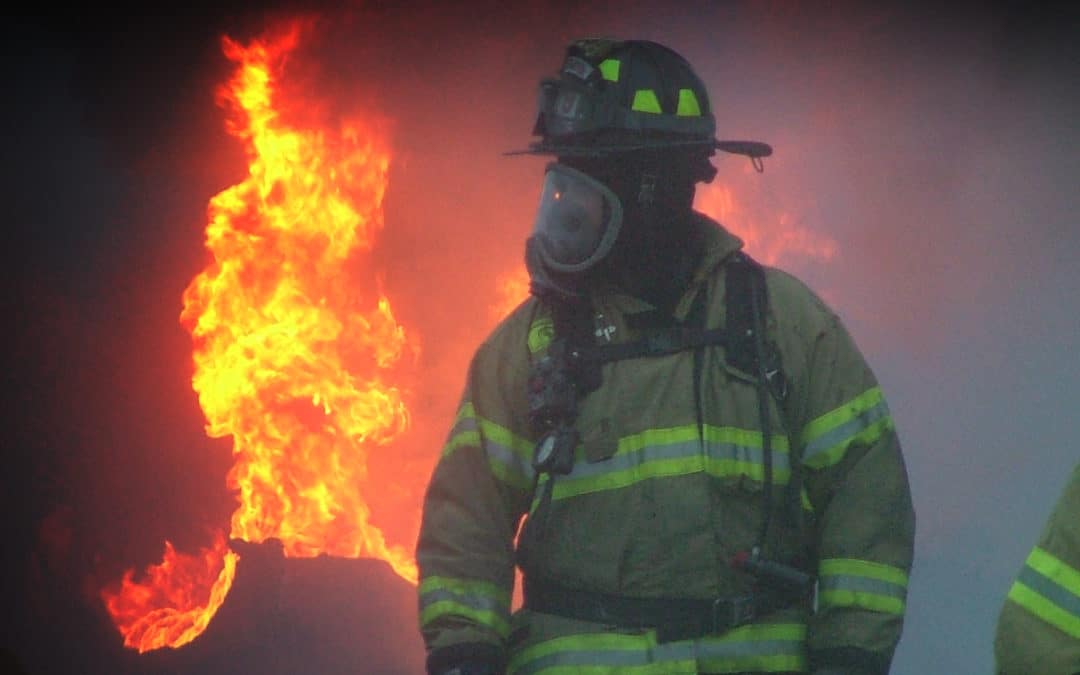It is important to remember that developing a complete risk assessment at the hazardous materials emergency involves 1) product hazards analysis, 2) container analysis and damage assessment, 3) evaluation of the environment surrounding the incident, and lastly 4) the cause of the incident. These four analysis areas allow the technician and safety officer to formulate a complete assessment of risks to operating personnel and the public. In this series of articles, we are going to focus on the first area, a rapid analysis of the product hazards.
Hazardous Materials Technicians are trained, and rightly so, to conduct a product hazard analysis using at least three sources of information. However, during the early stages of an incident, when rapid decisions must be made concerning the immediate strategies and tactics to be employed to meet the priorities of life safety, incident stabilization, and protection of property and the environment, a faster product hazard analysis is required.
Rapid product hazard analysis enables team members to quickly analyze the hazards of a particular substance, known or unknown, using limited information and reference sources. Sources as simple as the NIOSH Pocket Guide for Chemical Hazards or other readily available authoritative printed or electronic data sources should be used. However, the technician must have sufficient advanced familiarity with the sources they or their organizations choose to use. The time of the incident is NOT the time to figure out where the most important information can be found. Excellent electronic resources include WISER, developed by the National Institute of Health Sciences, and a new comer “Emergency Response Decision Support System” (ERDSS) developed by the Combating Terrorism Technical Support Office (www.cttso.goc). ERDSS can be downloaded at www.chemicalcompanion.org by persons associated with public safety response.
Once the data source for the analysis has been identified, then the rapid product analysis should focus on the basic physical properties and chemical hazards that will permit a valued hazard assessment. Bear in mind that the full incident risk assessment can only be completed when the container, environment and the cause have also been factored into the equation.
The most important components of product hazard analysis are the material’s physical properties of state, vapor pressure, solubility, weight, and ionization potential, and the chemical hazards of flammability, pH, toxicity, reactivity and radioactivity (the last is a property of physics, not chemistry).
The technician and organizations should establish the most important variables to assess in each of these areas. We will be discussing each area in upcoming newsletters on this topic. Until our next newsletter, go back to your basic technician training and review for yourself: 1) the most important variables in the physical and chemical properties, and 2) get thoroughly familiar with your quick reference sources and databases. You need to know how to quickly get the information that you need.
In next month’s Part 2, we will discuss the important physical properties that must be evaluated.

